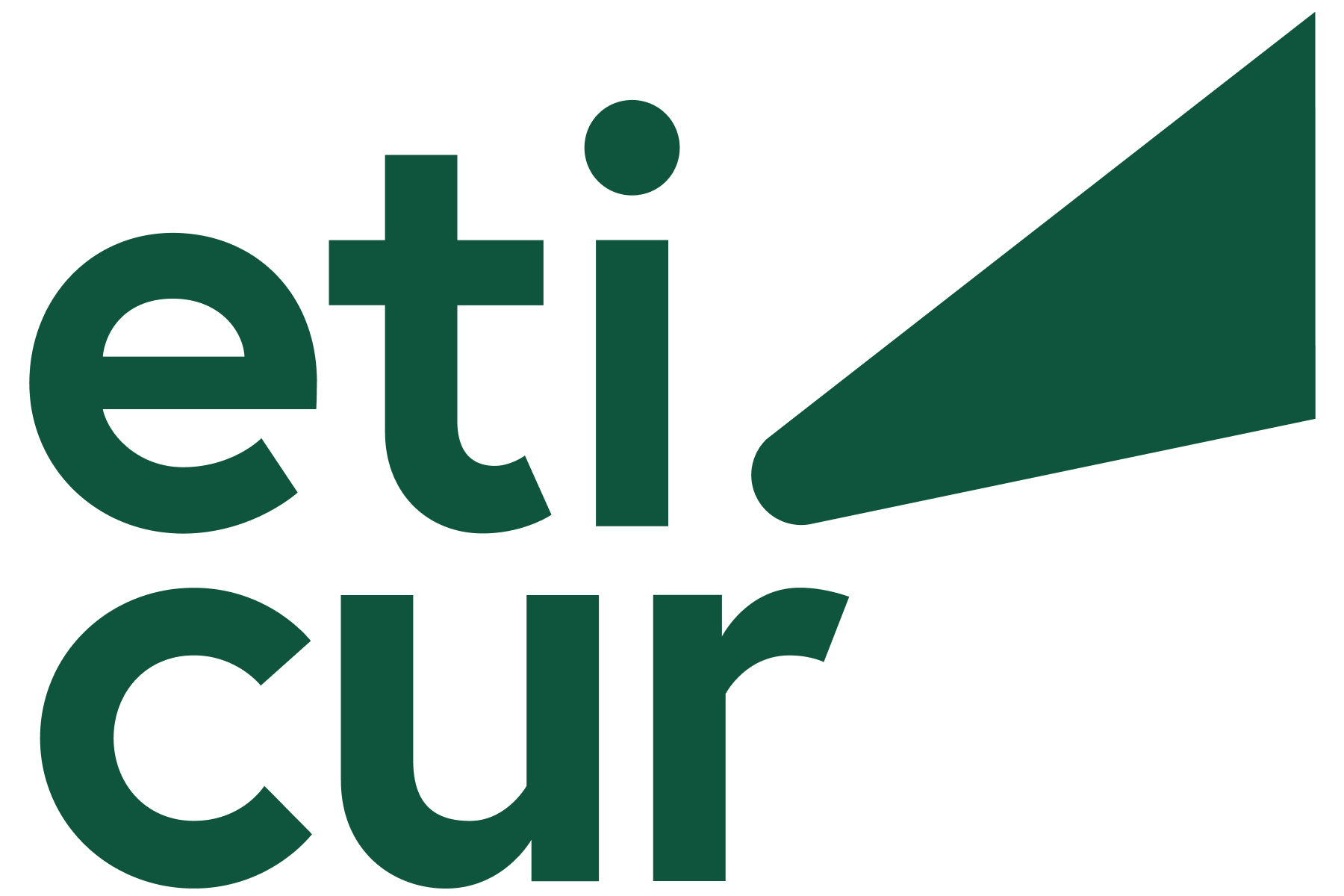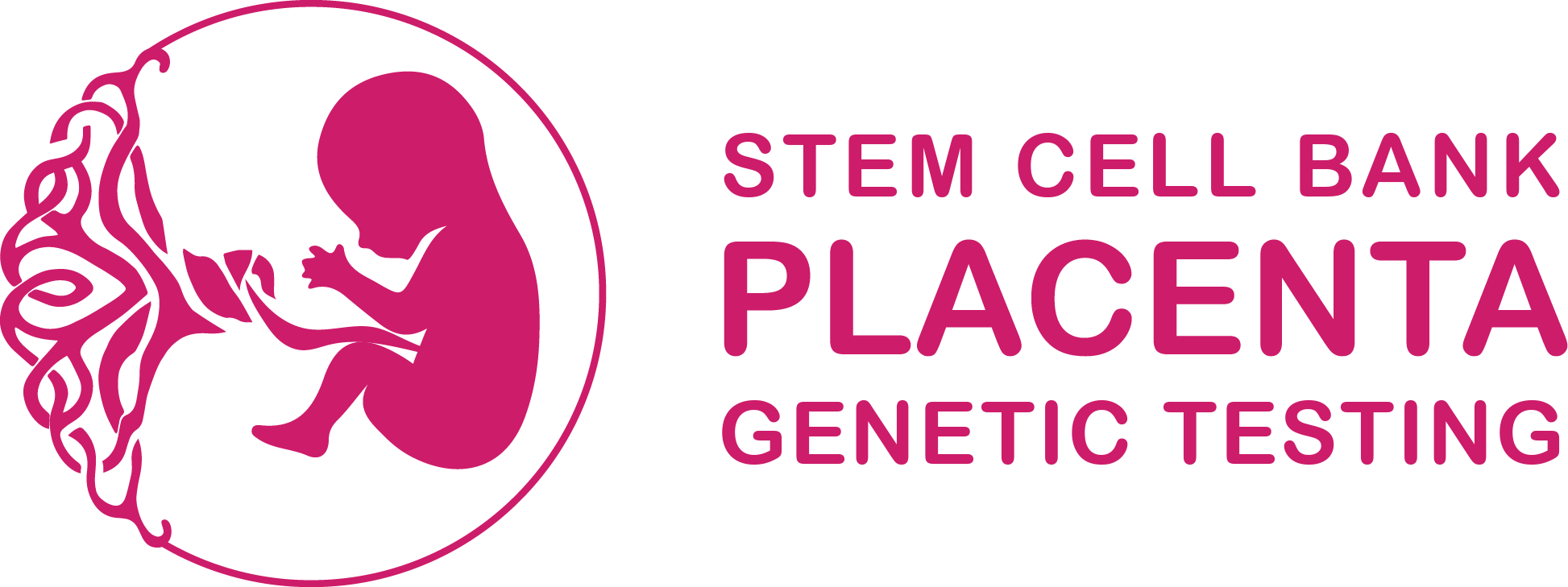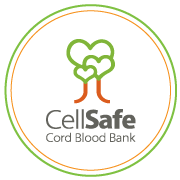News
Autism Awerness Day: what we know about cord blood in ASD Therapy in 2024?
02 Април 2024
Umbilical cord blood is known to treat 80 oncological and hematological diseases, it has been reaffirmed through numerous clinical studies and 35 years of clinical practice. Increasing number of studies focus on the potential use of umbilical cord blood as support for children with autism spectrum disorder. What we exactly know in 2024?
For years, umbilical cord blood has been a resource in combating various diseases, including the treatment of oncological and hematological conditions. Later it started to be used in other areas – such us metabolic disordes, immunedeficiencies and neurological disorders Our understanding of its potential applications continues to evolve. In recent years, umbilical cord blood has gather tention as a potential support for children on the autism spectrum. Autism spectrum disorder (ASD) affects people in different ways. It is a condition involving persistent challenges with social communication, restricted interests and repetitive behavior1. It may affect 1 per 54 of children in developed countries, it is estimated that around 75 million people have autism spectrum disorder, that's 1% of the world's population2.
While autism is considered a lifelong disorder, the degree of impairment in functioning because of these challenges varies between individuals with autism. Early signs of this disorder can be noticed by parents/caregivers or pediatricians before a child reaches one year of age. However, symptoms typically become more consistently visible by the time a child is 2 or 3 years old. In some cases, the problems related to autism may be mild and not apparent until the child starts school, after which their deficits may be pronounced when amongst their peers.
Stem cell therapy for autism is an ongoing topic of research and is still considered experimental by the medical community. The idea to use stem cell therapy for autism began with stem cell transplants for metabolic disorders3. The cognitive improvements in patients with metabolic disorders led to the hypothesis that a similar treatment might help children with neurodevelopmental disorders, like cerebral palsy and autism. Starting in 2005, Duke University ran a series of studies that gave cord blood to children with cerebral palsy, initially by giving the children their own (autologous) cord blood, and later by using sibling cord blood. This research is ongoing, but several papers have been published which shows that stem cell therapy for cerebral palsy yields significant improvements in the treatment group versus the control group4. The success of stem cell therapy for cerebral palsy has inspired stem cell therapy for the much more common condition of autism. Dr. Kurtzberg’s team at Duke launched their first autism clinical trial in 2014 treating children with their own cord blood5. Although the study did not have a control group, the published results show significant improvements on the Vineland Adaptive Behavior Scale (VABS) as well as clinician-measured scales. Improvements were much better in children that started with a non-verbal IQ at or above 70 6. The results of the study were encouraging, enabling to move to a full-blown double-blind, randomized placebo-controlled phase 2 study which was completed in 2020. The phase 2 study did not show a difference in social behavior between autistic children treated with cord blood compared to those which received standard treatment. However, in subgroup analyses, children without intellectual disability who were treated with cord blood did show improvements in communication, eye tracking and EEG measurements.
“We are cautiously optimistic about these early findings in Duke, so we also start to research on potential of cord blood in ASD treatment,” said Felician Stancioiu MD, who is a principal investigator of the study CORDUS, run in Bucharest, Romania. “CORDUS” that is using autologous umbilical cord blood to treat children that have Autism Spectrum Disorder (ASD). The trial was originally launched in 2019 with the goal to test infusions of cord blood (the experimental arm of the controlled study) against a “non-invasive” therapy relying on intranasal oxytocin combined with dietary supplements ingested orally (the control arm of the study). The trial had a cross-over study design in which children that received one treatment at their first visit received the other treatment two months later. In this way, all children received both therapies, and all children are followed until one year after the initial treatment. It must be cautioned that the results of this study will not be directly comparable to the well-known trials of cord blood for ASD at Duke University, because the outcomes are measured on a different scoring system7.
So, what is the place of cord blood in ASD therapy? Tomasz Baran, MD Vicepresident of FamiCord Group, the largest cord blood bank in Europe sum up it with optimism: The cord blood journey is 40 years young. We know how to bank cord blood better than we used to. We know that cord blood can be successfully used even after 30 years of cryostorage. Recently cord blood has been listed among recommended therapy for cord blood palsy – that was hard to believe couple years ago. I believe that it will be proven to be useful in some populations of patients with ASD. . In FamiCord Group we’re working to open possibility to help our clients with ASD to have chance to use it - he adds.
About the FamiCord Group:
FamiCord is part of the Vita 34 Group, the largest in Europe and the 3rd largest stem cell bank in the world. Thanks to an extensive network of laboratories, cord blood banking services in our company are available in dozens of countries worldwide. Over more than 25 years of operation, we have collected 930,000 stem cell samples, and the cell products prepared by our laboratories have helped over 6,500 patients.
1 https://www.psychiatry.org/patients-families/autism/what-is-autism-spectrum-disorder [22.03.2024]
2 J. Schiller, Autism Statistics & Facts: How Many People Have Autism?, https://www.thetreetop.com/statistics/autism-prevalence [22.03.2024]
3 Prasad VK, Mendizabal A, Parikh SH, Szabolcs P, Driscoll TA, Page K, Lakshminarayanan S, Allison J, Wood S, Semmel D, Escolar ML, Martin PL, Carter S, Kurtzberg J. Unrelated donor umbilical cord blood transplantation for inherited metabolic disorders in 159 pediatric patients from a single center: influence of cellular composition of the graft on transplantation outcomes. Blood 2008; 112(7):2979-2989
4 Novak I, Walker K, Hunt RW, Wallace E, Fahey M, Badawi N. Stem cell interventions for people with cerebral palsy: Systematic review with meta-analysis. Stem Cells Translational Medicine, 2016; 5(8):1014–1025.
5 Dawson G, Sun JM, Davlantis K, Murias M, Franz L, Troy J, Simmons R, Sabatos-DeVito M, Durham R, Kurtzberg J. Autologous Cord Blood Infusions Are Safe and Feasible in Young Children with Autism Spectrum Disorder: Results of a Single‐Center Phase I Open‐Label Trial. Stem Cells Translational Medicine 2017; 6(5):1332-1339
6 Dawson G.; ibidem.
7 https://parentsguidecordblood.org/en/news/gabriel-and-alex-received-their-own-cord-blood-autism [27.03.2024]



























